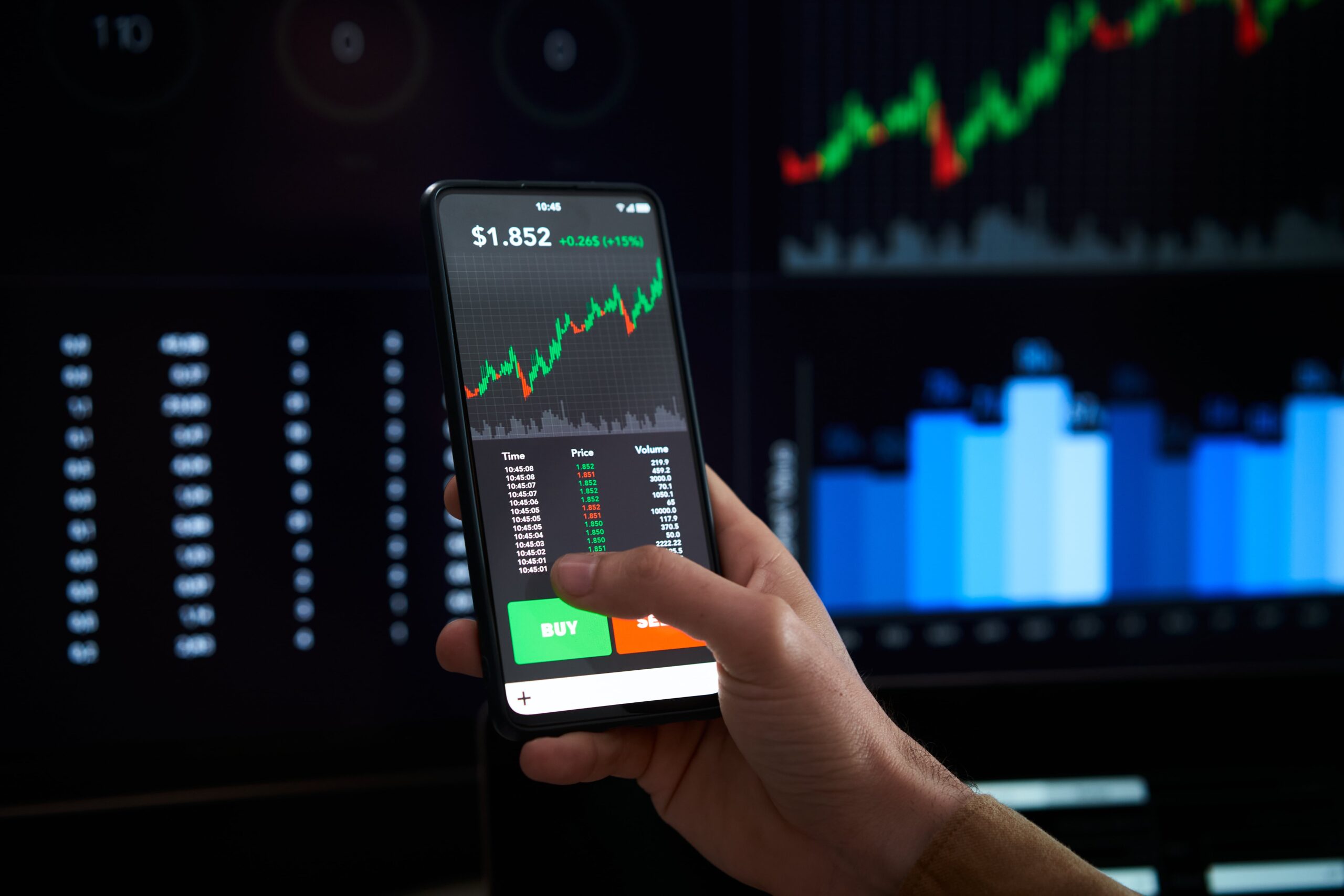Creating a successful trading strategy is essential for any crypto trader looking to navigate the volatile market confidently. A well-structured strategy can help you make data-driven decisions, manage risk, and increase your chances of consistent profits. In this article, we’ll break down the key steps to develop a winning crypto trading strategy.
Define Your Goals and Risk Tolerance
The foundation of any trading strategy starts with understanding your goals and risk tolerance. Different traders have varying financial goals, and their strategies should align accordingly.
- Define Your Goals: Are you aiming for quick profits, or are you interested in long-term growth? Short-term traders might prioritize faster, smaller gains, while long-term investors look for more substantial returns over time.
- Assess Your Risk Tolerance: Crypto is a volatile market, and prices can fluctuate significantly. Determine the maximum amount you’re willing to lose per trade or overall. This self-assessment will help you decide on the trading strategies that fit your risk tolerance, whether it’s day trading, swing trading, or long-term holding.

Choose a Trading Style
Your trading style should match both your goals and the time you’re willing to dedicate to trading. Here are some common trading styles:
- Day Trading: Day traders aim to capitalize on small price fluctuations throughout a single day. This style requires intense focus and quick decision-making, as trades are typically opened and closed within the same day.
- Swing Trading: Swing traders look to benefit from short- to medium-term price trends, holding positions for several days or weeks. This style requires technical analysis skills but is less demanding than day trading.
- Position Trading: Position traders, or long-term holders, keep assets for months or years, betting on the long-term appreciation of the cryptocurrency. This style is more passive but requires patience and confidence in the asset’s future.
Choose a style that aligns with your time commitment, goals, and risk tolerance, as each style has unique demands and strategies.
Conduct Technical and Fundamental Analysis
Analyzing the market is essential for developing a trading strategy based on data and trends rather than emotions.
- Technical Analysis: This involves studying price charts and indicators like moving averages, RSI, and Bollinger Bands to identify patterns, trends, and potential entry or exit points. Technical analysis helps traders understand past market behavior to make predictions about future price movements.
- Fundamental Analysis: This examines the underlying value of a cryptocurrency, including factors like its technology, use case, team, and market position. For instance, understanding a project’s roadmap, partnerships, and community support can provide insights into its long-term potential. Fundamental analysis is crucial for long-term strategies, helping traders assess whether an asset is overvalued or undervalued.
Combining both types of analysis can provide a comprehensive view of the market, enabling more informed trading decisions.
Set Entry and Exit Rules
Successful trading requires discipline, and setting clear entry and exit rules is essential to stay consistent.
- Entry Points: Determine the conditions under which you’ll enter a trade, whether it’s based on technical indicators, specific price levels, or a news event. For example, you might decide to enter when the RSI indicates an oversold condition or when a coin breaks through a resistance level.
- Exit Points: Decide in advance when to close your position. This could be based on a specific target price, a percentage gain, or a stop-loss level. Setting exit rules prevents emotional decision-making and helps lock in profits or limit losses.
Having clear rules keeps your strategy consistent and prevents you from making decisions based on short-term market noise or emotions.
Manage Risk with Position Sizing and Stop-Loss Orders
Risk management is one of the most important aspects of a successful trading strategy. Two key components are position sizing and stop-loss orders:
- Position Sizing: This involves deciding how much of your capital to allocate to each trade. A common rule is to risk only a small percentage, such as 1-2% of your trading capital, per trade. This prevents a single trade from wiping out a large portion of your portfolio.
- Stop-Loss Orders: A stop-loss order automatically closes a trade when the price reaches a specified level. Setting a stop-loss helps limit your losses and protects your capital in case the market moves against you. For example, you might set a stop-loss at 5-10% below your entry point, depending on your risk tolerance.
By managing your position size and using stop-loss orders, you can protect your portfolio and minimize losses over time.
Test Your Strategy with Paper Trading or Small Trades
Testing your strategy is essential before committing significant capital. Start by practicing with small amounts or using a demo account, often referred to as paper trading, where you can simulate trades without risking real money. Testing allows you to see how your strategy performs under different market conditions, helping you refine it over time.
- Tip: Keep a record of your trades, including entry and exit points, reasons for the trade, and the outcomes. Analyzing your results will help you identify patterns in your strategy’s performance and make necessary adjustments.

Review and Refine Your Strategy Regularly
The crypto market evolves quickly, so regularly reviewing and refining your strategy is essential. Periodic reviews can help you identify areas of improvement and adapt to changing market conditions. Keeping a trading journal and recording the rationale behind each trade allows you to learn from both successful and unsuccessful trades.
- Tip: Reevaluate your strategy every few months, considering any changes in your goals, risk tolerance, or market trends. Flexibility and continuous learning are key components of long-term success in trading.
Conclusion
Developing a winning crypto trading strategy involves defining clear goals, choosing an appropriate trading style, and conducting thorough analysis. By setting entry and exit rules, managing risk with position sizing and stop-loss orders, and testing your strategy, you can increase your chances of consistent success.
Remember, trading is an ongoing learning process, and regular refinement of your strategy is essential to stay ahead in the ever-changing crypto market. With discipline, patience, and data-driven decisions, you can build a strategy that works for you over the long term.










